ARTICLE AD BOX
French Open 2025
Dates: 25 May-8 June Venue: Roland Garros, Paris
Coverage: Live radio commentaries across 5 Live Sport and BBC Sounds, plus live text commentaries on the BBC Sport website and app
On the red dirt of Roland Garros, a young man making his debut at the French Open could shortly make a big noise amid the quiet revolution in Scottish tennis.
Edinburgh's Jacob Fearnley is one victory away from breaking into the world's top 50. Currently 52nd in the live projected rankings, he faces home favourite Ugo Humbert in Paris on Thursday.
If he wins, he will not just reach the third round in back-to-back majors, having had a terrific start to the year in Australia.
He will also take a huge step into the rarefied air of the sport's elite, breathed by only one male Scottish-born player before him.
Questions have been asked about an Andy Murray legacy. Fearnley is helping deliver some answers.
Murray first cracked the top 50 in February 2006 and stayed there for 12 years, winning three Grand Slams, two Olympic golds, and a Davis Cup along the way.
His part in the 'Big Four' with Roger Federer, Rafael Nadal and Novak Djokovic was marked on the Philippe Chatrier court this week when the band got back together to honour the Spaniard's extraordinary achievements in that hallowed arena.
It is nearly a decade since Murray became world number one. In the years since, doubts persisted about what Scottish tennis was doing to make hay while Dunblane's finest was in the sun.
It has taken time, patience, and money. Finally, however, serious progress is being made and Fearnley is its embodiment.
A year ago, he was not even in the top 500. He started 2024 ranked 646th. It's one of the fastest rises since the current system came into place.
He has also made a dent on some big-name players: Nick Kyrgios on his home court in Melbourne; former French Open champion Stan Wawrinka in Paris; taking a set off Djokovic on Centre Court at Wimbledon last year.
It is clear Fearnley now feels totally at home on the big stage.
"I really enjoyed it," he said of the straight sets win over Wawrinka in the first round. "I think part of the battle was just not letting his name and his calibre of tennis get into my head. Just focus on myself really.
"I think the more I get exposed to playing these players, in these environments, the better I get handling them. The more you expose yourself to situations, the less foreign it feels."
Fearnley is no stranger to it now. The 23-year-old is timing his run to the top in a period of great promise for the British game.
His childhood friend, Jack Draper, has catapulted himself into the world top five and is now a serious contender for every tournament he enters.
Fellow Scot Cameron Norrie arrested a worrying dip in form - the South Africa-born 29-year-old dropping from a career-high eight in the world to 81 - with a season-changing victory over Daniil Medvedev to join Fearnley in the second round.
Meanwhile, Katie Boulter and Emma Raducanu are both in or around the women's top 40 and will be big threats to anyone on the grass in the coming weeks.
They all looked up to Murray and were inspired by his achievements and work ethic.
None more so than Fearnley, who came through the tennis academy at Merchiston Castle school before honing his skills on the American college circuit.
Scotland now has another serious player on the world stage. What about the "bricks and mortar" Murray legacy, though? Where is that?
It has been a slow burn, but even that is finally showing some promising signs.
Hamstrung by an overly-ambitious promise in 2016 to double the number of indoor courts in Scotland from 112 to 225 within a decade, Tennis Scotland and its various partners have been unable to come anywhere close to delivering.
A global pandemic, sky-rocketing costs and the shrinking of local authority spending on non-essential services hardly helped.
Now, though, new courts are either open, opening or about to be built. Thirty-four covered courts have been added in the past nine years. Five more will be in use by October, taking the total to 151.
Tennis Scotland chairman Graham Watson was markedly upbeat in the organisation's latest annual report.
The six-court Oriam Indoor Tennis Centre was opened at the end of 2023 and a four-court complex has been completed at Moray Sports Centre, with a further centre opening in Dumfries & Galloway in the coming months.
It is a painfully slow trickle, but now that facilities are being built, will they be used? Are more people in Scotland playing tennis, on the back of Murray and doubles-specialist brother Jamie's many successes?
Yes, according to Blane Dodds, the Tennis Scotland chief executive. He points to what he calls "a period of unprecedented growth" in the game north of the border, with a "record high club membership of 81,428".
"Participation levels increased by almost 11% in 2024, which means that not only are more people playing tennis but they are playing it more regularly," he said.
"We are seeing growth among adults and children, especially amongst women and girls, where there was a 27% increase in participation."
With Fearnley and Norrie flying the Scottish flag at the top end of the game, and the likes of Maia and Ewen Lumsden, Hamish Stewart and Aidan McHugh all trying to follow in their footsteps, there is substance now to back up claims of progress.
There is still plenty of work to be done, of course.
Available, affordable access to indoor courts across Scotland is essential given the climate. Their cost, however, has to be justified with councils up an down the country scrambling to balance the books.
Guilty of over-promising, it is no surprise that Tennis Scotland and the Lawn Tennis Association have under-delivered. They were far too ambitious in the first place.
They would have to build 74 new courts by the end of next year to meet their 2016 pledge. They will not. It is simply not possible.
What they do have to show for the money is a core group of young British players at or near the top of the game. That is allied to the emergence – finally – of new places for people in Scotland to play if they want to be the next Fearnley.
He is doing his bit - and then some. Up 470 places in the world rankings in the past 12 months and still climbing.
There may well never be another Andy Murray. His legacy, however, is slowly but surely beginning to take shape.

 1 day ago
5
1 day ago
5
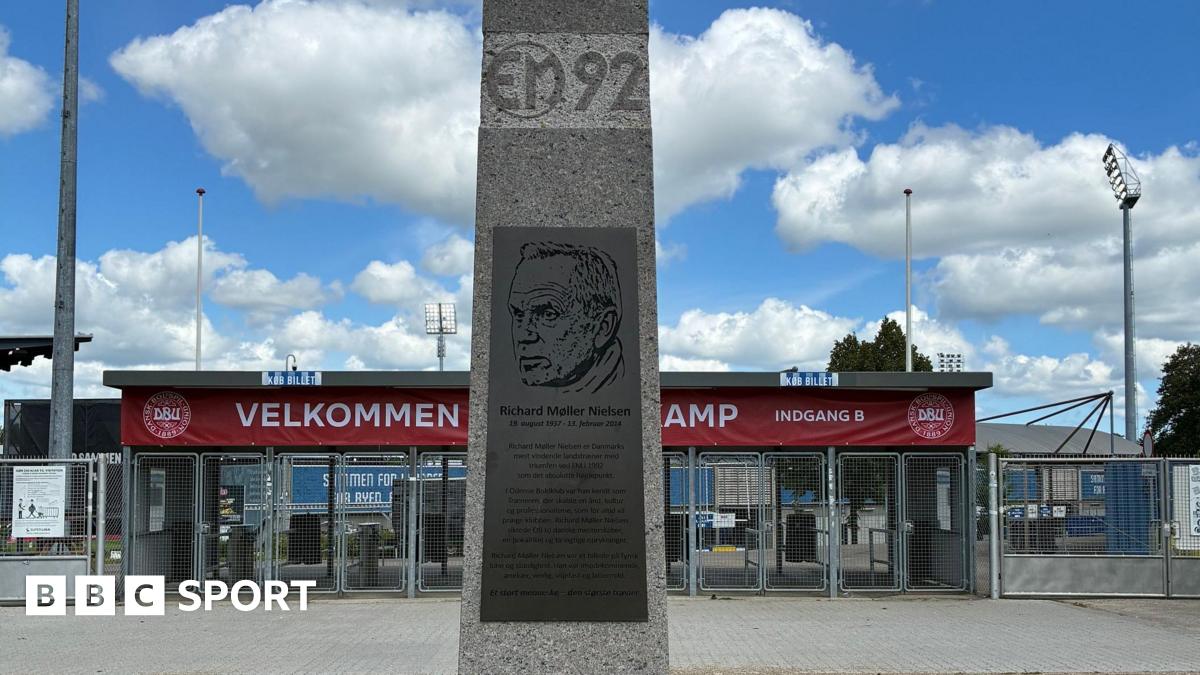


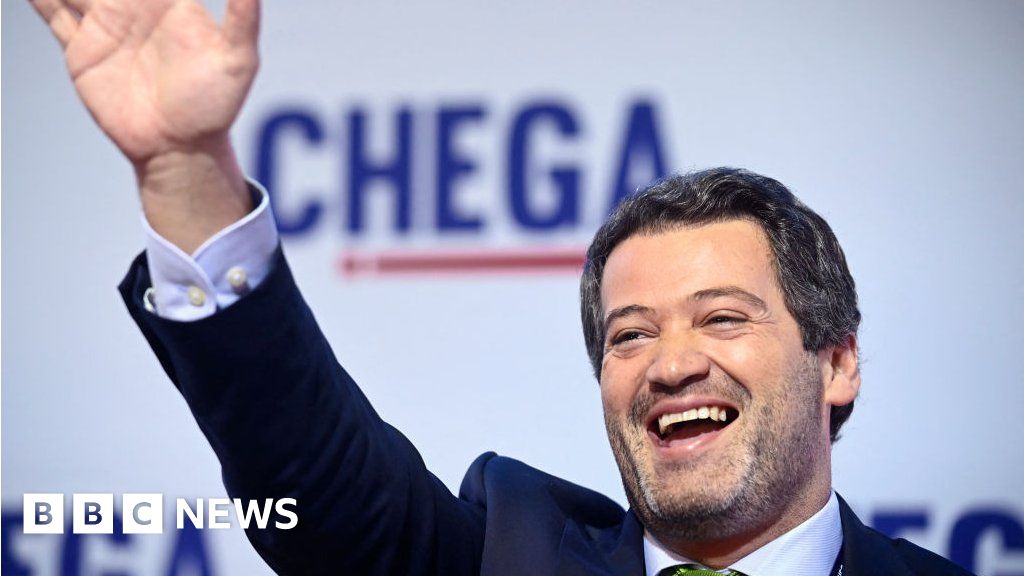
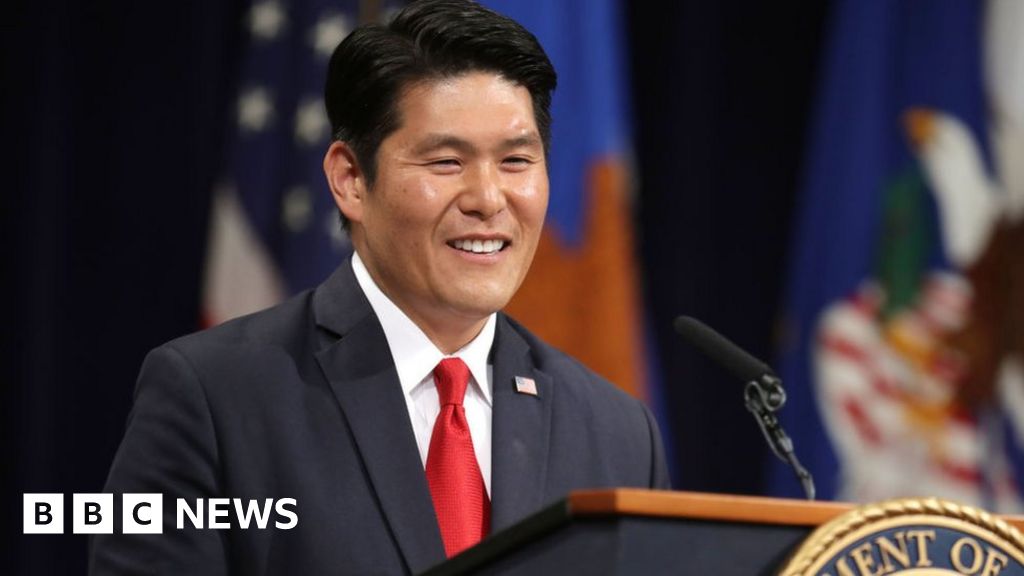
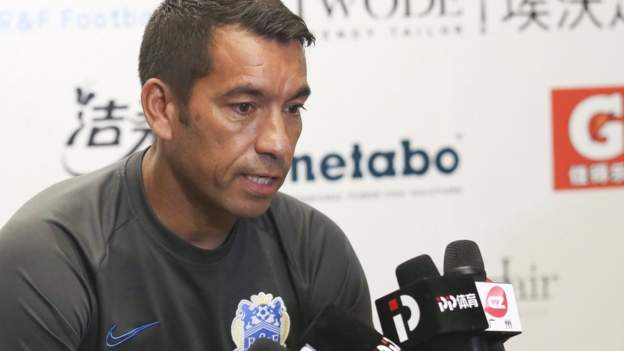

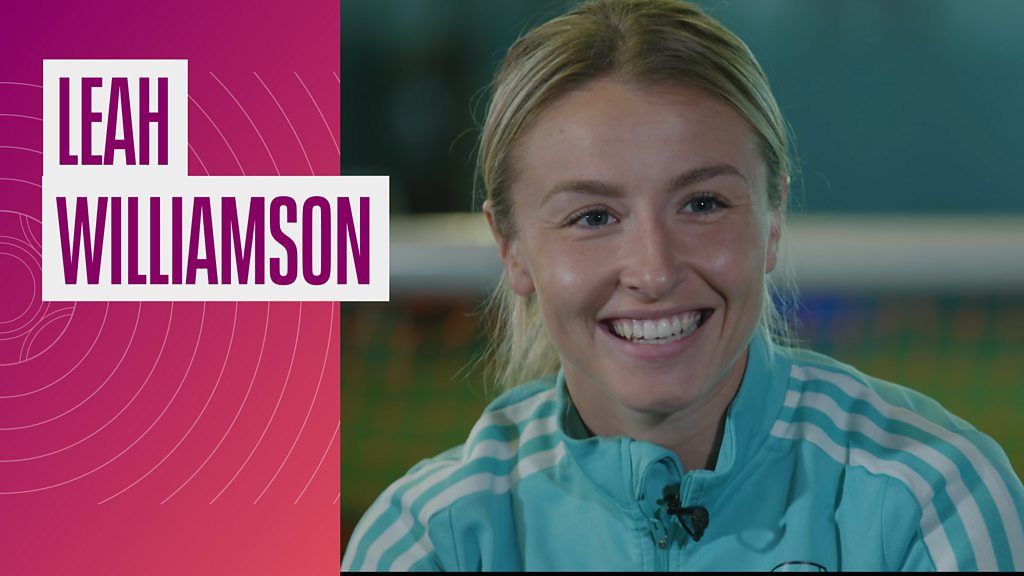
 English (US) ·
English (US) ·